Description
Background Lesions in Laboratory Animals will be an invaluable aid to pathologists needing to recognize background and incidental lesions while examining slides taken from laboratory animals in acute and chronic toxicity studies, or while examining exotic species in a diagnostic laboratory. It gives clear descriptions and illustrations of the majority of background lesions likely to be encountered. Many of the lesions covered are unusual and can be mistaken for treatment-related findings in preclinical toxicity studies. The Atlas has been prepared with contributions from experienced toxicological pathologists who are specialists in each of the laboratory animal species covered and who have published extensively in these areas. Key features include: – Over 600 high-definition, top-quality color photographs of background lesions found in rats, mice, dogs, minipigs, non-human primates, hamsters, guinea pigs and rabbits; – a separate chapter on lesions in the reproductive systems of all laboratory animals written by Dr Dianne Creasy, a world expert on testicular lesions in laboratory animals; – a chapter on common artifacts that may be observed in histological glass slides. 135 p.

- Elizabeth F. McInnes, [Editor]. BVSc, PhD, FRCPath, MRCVS, FIAP, Senior Pathologist. Department of Pathology, Huntingdon Life Sciences, Cambs (UK).
- Publication date (reprint original edition 2012 to digital version): 2015-10.

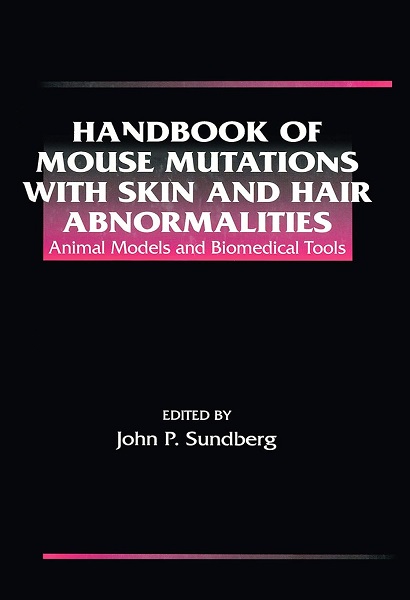
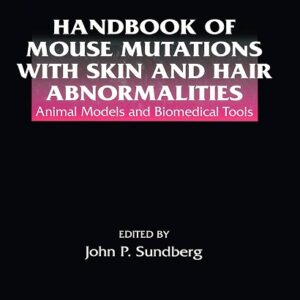
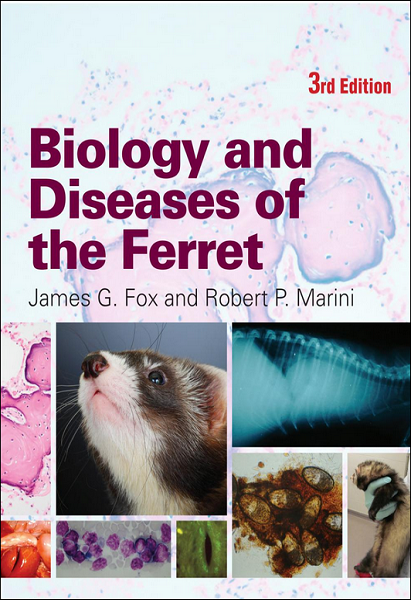
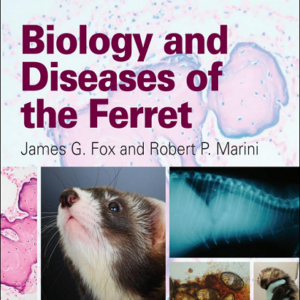

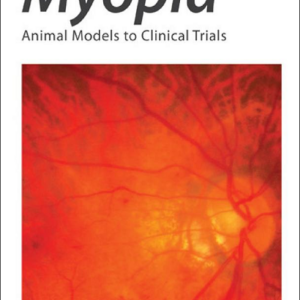
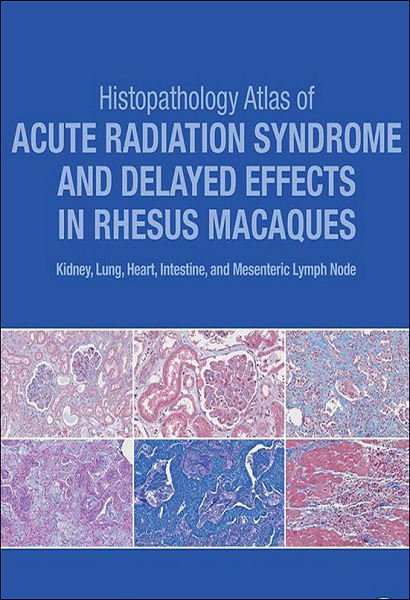
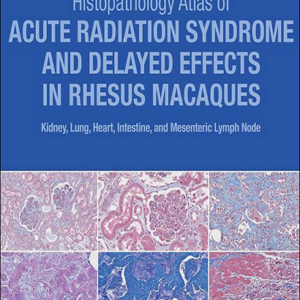
You must be logged in to submit a review.